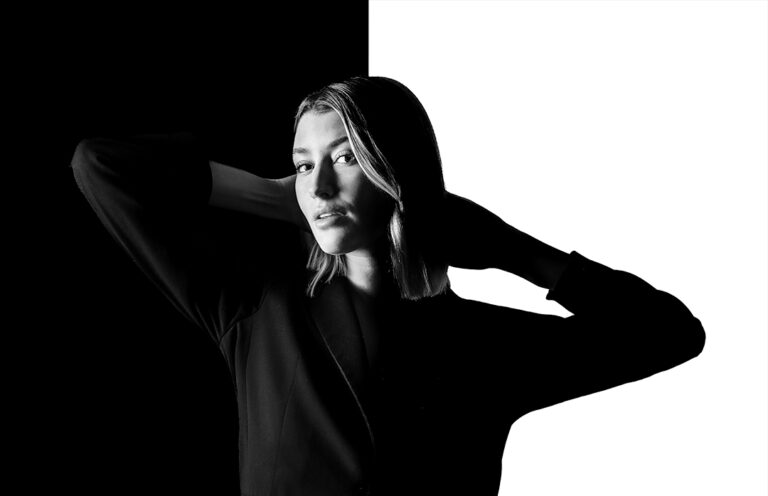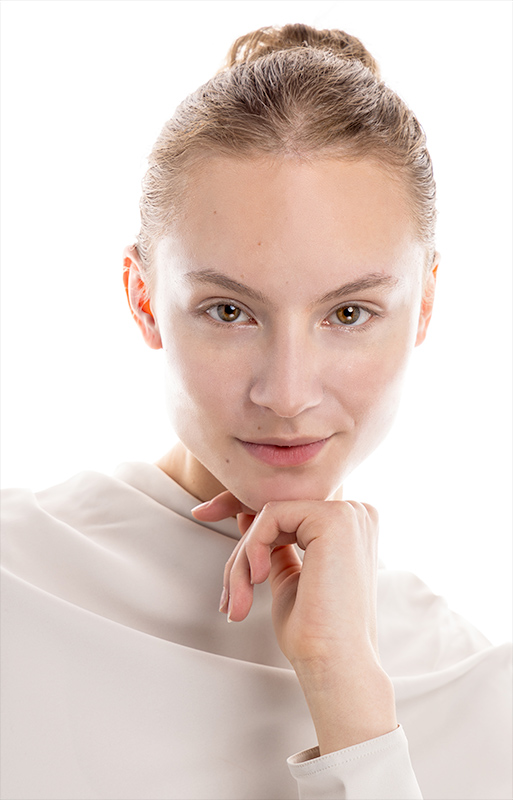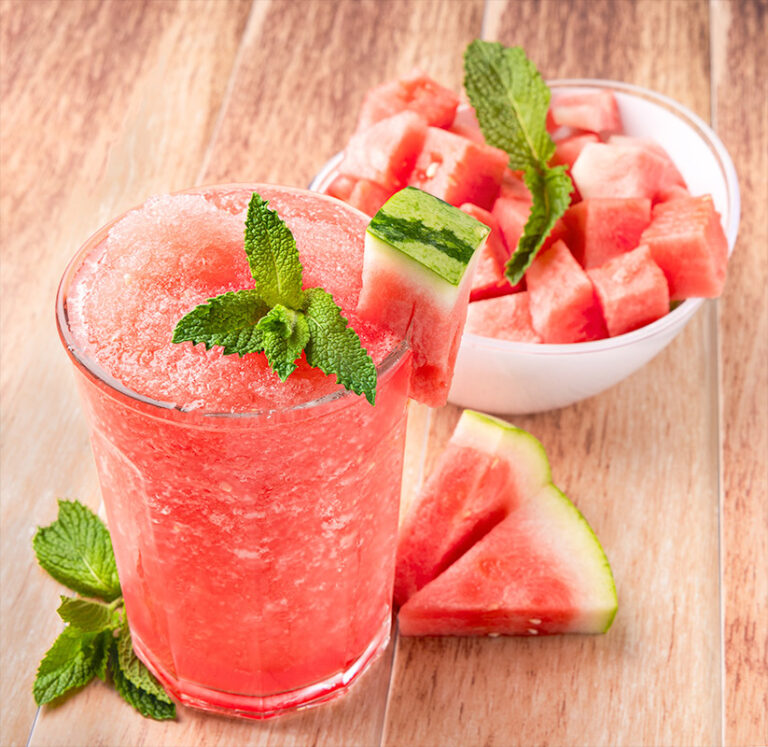The Psychology of Food Photography: How Images Influence Customer Decisions

Ever scrolled through Instagram and suddenly craved a burger you weren’t even thinking about five seconds ago? That’s food photography psychology at work.
We eat with our eyes first, and the way food is photographed has a huge impact on what we order, how much we’re willing to pay, and even how we perceive taste. In fact, high-quality menu images can increase sales by up to 30% (Grubhub).
So, what makes a food photo irresistible? Let’s break down the science behind food photography psychology and how it influences customer decisions.
1. The Role of Visual Cues in Appetite Stimulation
The brain is wired to respond to colors, lighting, and contrast in ways that trigger cravings.
- Warm colors (reds, oranges, yellows) stimulate appetite—ever wonder why fast-food chains use them?
- Cool tones (greens, blues) evoke freshness—perfect for salads and organic foods.
- Bright, high-contrast images make food look fresher, tastier, and more desirable.
Fun fact: The human brain processes images 60,000 times faster than text, meaning your customers decide whether they want your food in an instant—before they even read your menu!
2. The Power of Texture & Detail
Great food photography makes you feel like you can taste the dish before taking a bite.
- Crispy, golden fries with visible salt flakes = crunch appeal.
- A slow-dripping glaze over a chocolate cake = indulgence.
- Soft, airy bread with a torn edge = freshness.
Close-up shots, sharp focus, and natural lighting enhance textures, making food look as good as it tastes—if not better!
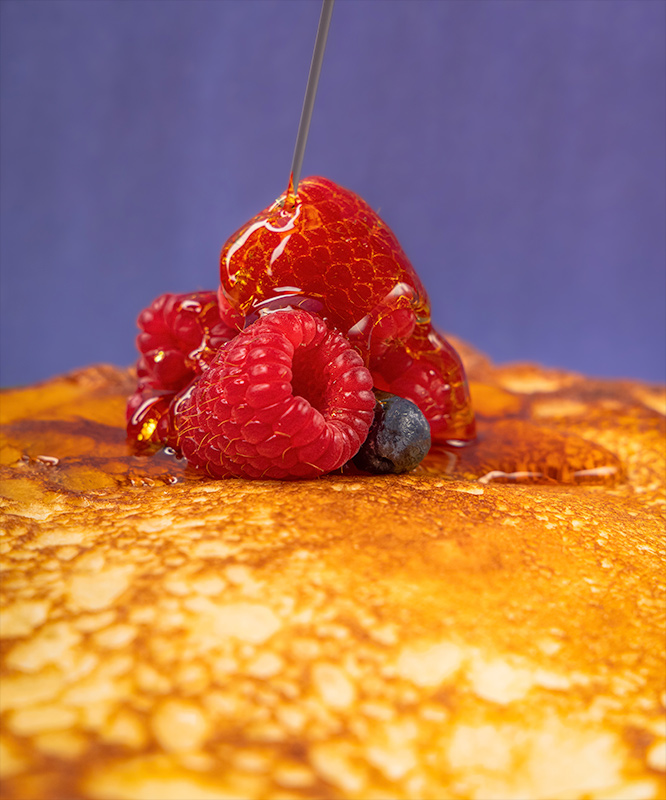
3. The Influence of Composition & Framing
Ever noticed how some food photos just draw you in? That’s composition magic.
- The “rule of thirds” naturally guides the eye, making images more balanced.
- Overhead shots work best for flat dishes like pizza or sushi, while angled shots create depth for burgers and plated meals.
- Negative space keeps the focus on the food, making it look more premium.
A poorly composed photo can make even the best dish look unappetizing, while great composition turns an ordinary meal into a masterpiece.
4. The Emotional Connection with Food Imagery
Why does a simple bowl of soup feel comforting, while a perfectly plated dessert feels luxurious? It’s all about storytelling.
- Hands breaking bread = warmth and community.
- A steaming cup of coffee by a rainy window = coziness.
- A sleek, modern dish on a marble countertop = high-end dining.
Great food photography evokes emotion because it makes people feel something, and that feeling translates into action (a.k.a. placing an order).
5. The Impact of Color Psychology on Buying Behavior
Color does more than make food look good and it actually influences customer behavior.
- Red & Yellow – Fast-food giants use them because they create urgency and hunger.
- Green & Earthy Tones – Associated with freshness, organic products, and sustainability.
- Dark & Rich Colors – Suggest luxury, indulgence, and sophistication (think chocolate commercials).
When brands use color strategically in food photography, they’re subconsciously guiding customers’ choices.
6. The Role of Context & Environment
The setting of a food photo can make or break its appeal.
- A messy, rustic kitchen = homemade and comforting.
- A sleek, minimalist background = modern and high-end.
- A vibrant outdoor setting = freshness and energy.
The environment frames the story of the dish, helping customers imagine the experience of eating it.
7. The Power of Motion & Action in Food Photography
Ever been mesmerized by a slow-motion syrup drizzle over pancakes? That’s because movement makes food feel alive and fresh.
- Steam rising = warmth and comfort.
- A fork twirling pasta = indulgence.
- Chocolate melting = richness.
Movement captures attention—it makes food feel dynamic and irresistible.
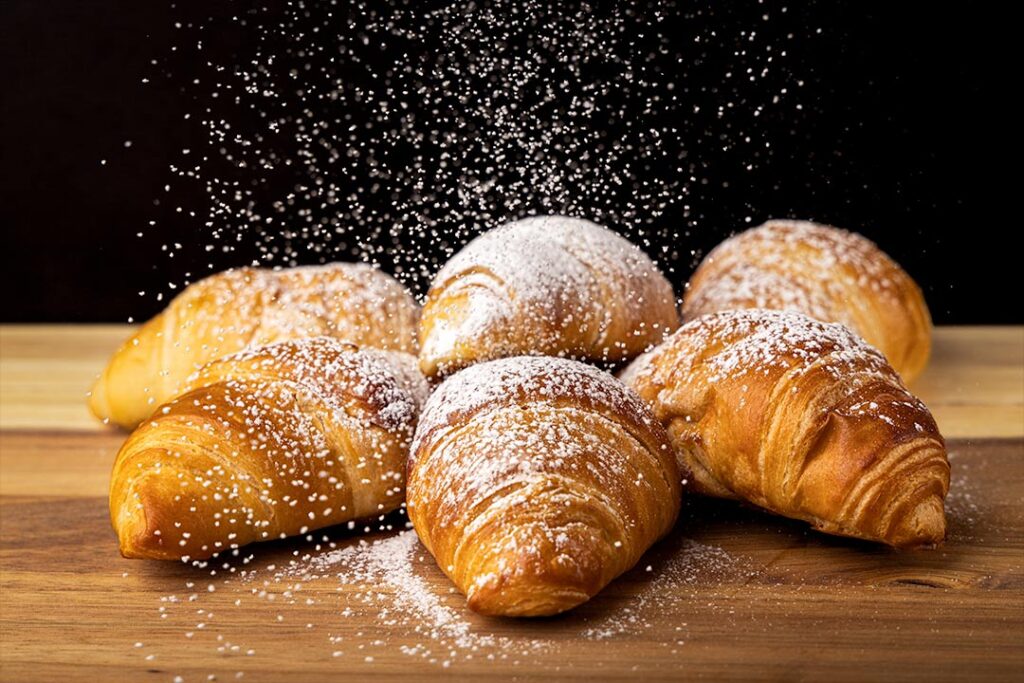
8. How Food Photography Influences Purchasing Decisions
A strong food photo can be the difference between a sale or a scroll-by.
- Online menus with high-quality images drive 30% more orders. (Grubhub)
- Amazon listings with multiple high-res images see a 150%+ increase in sales. (Amazon)
- Professional images reduce product returns by 22% because they set accurate expectations. (Weebly)
Bottom line: Customers buy what looks good.
9. The Science of Social Media & Food Imagery
Ever notice how food photos dominate Instagram? That’s because food is one of the most shareable types of content.
- Instagram posts with pro food photography get 90% more engagement. (Social Media Examiner)
- Facebook ads with high-quality images get 37% more clicks. (HubSpot)
A single viral food photo can skyrocket brand awareness, drawing in customers without spending a fortune on ads.
Conclusion: Why Food Photography Psychology Matters
The power of food photography psychology is undeniable. It’s not just about pretty pictures—it’s about triggering cravings, evoking emotions, and driving sales.
Think of food photography as your silent salesperson—convincing customers to order, visit, and engage without saying a word.
So, what does your food photography say about your brand?
If you want to capture mouthwatering, scroll-stopping images that turn browsers into buyers, let PattiVerse Photography help.

